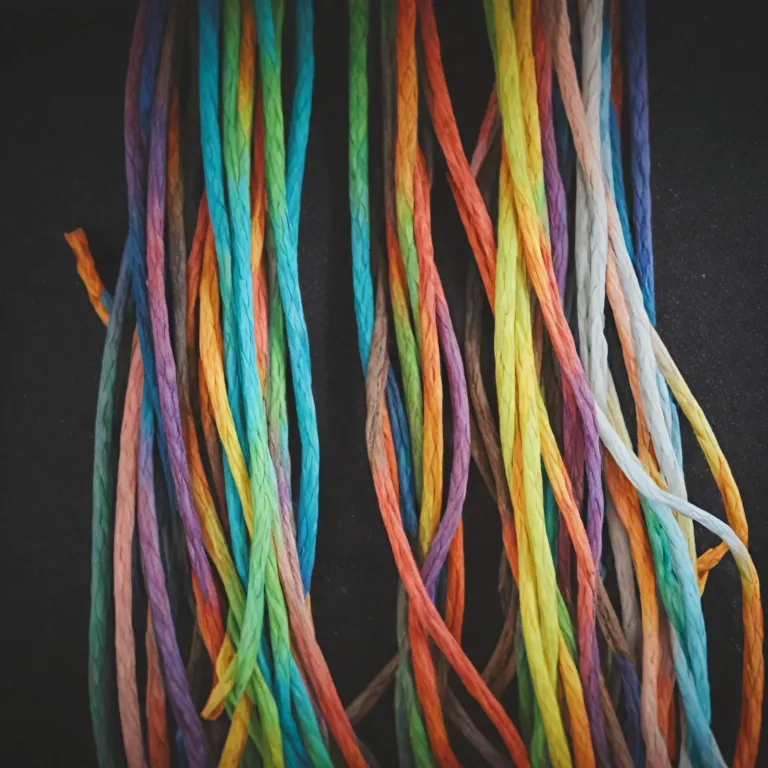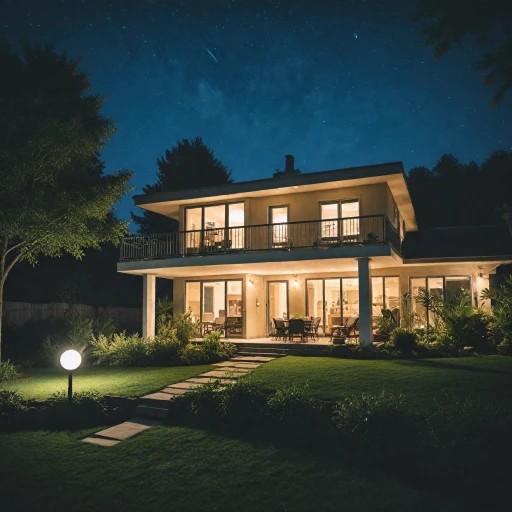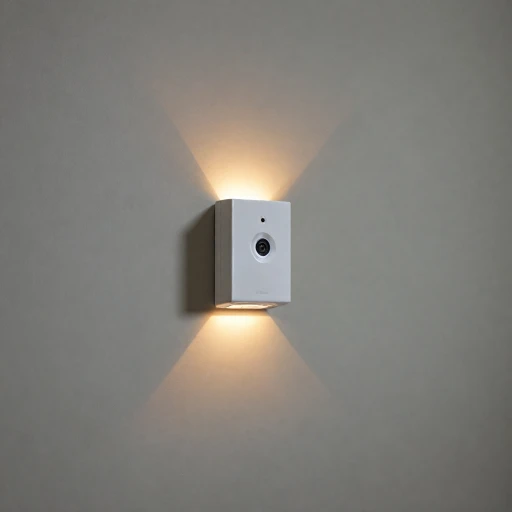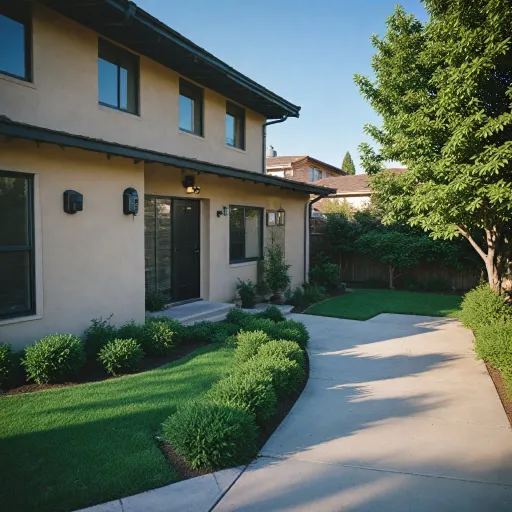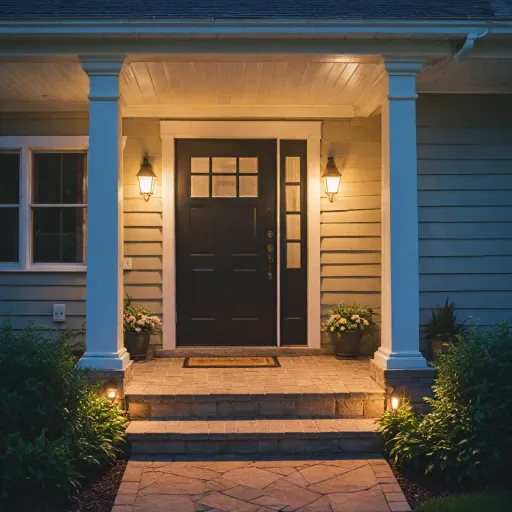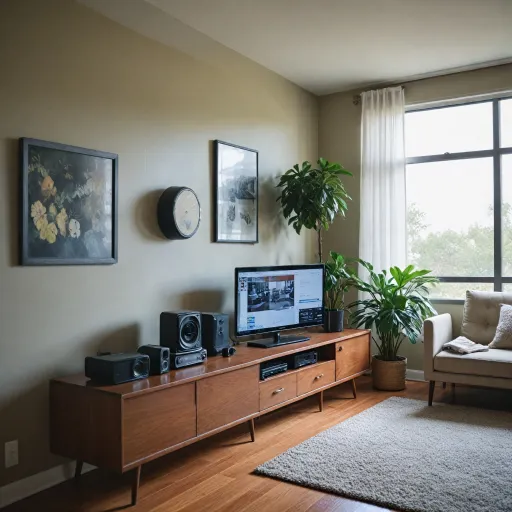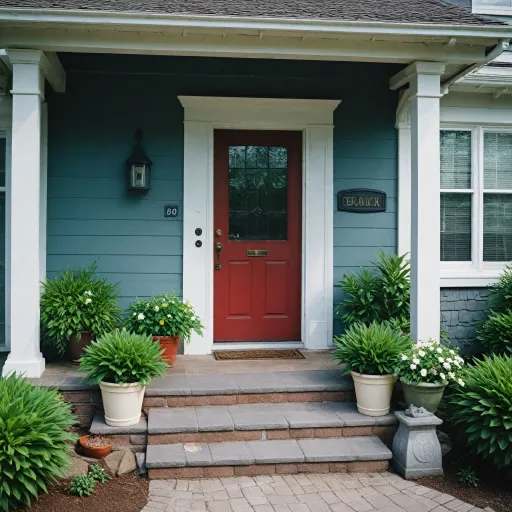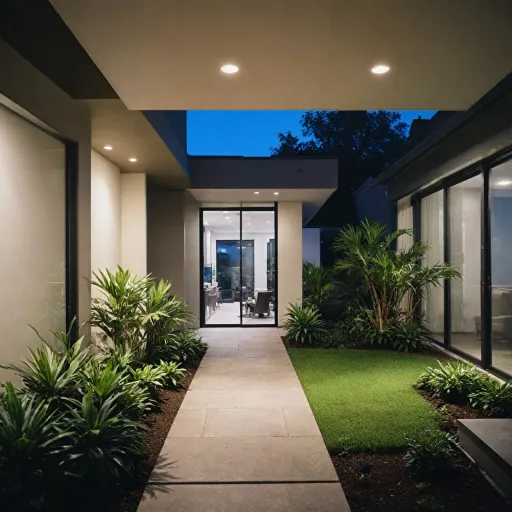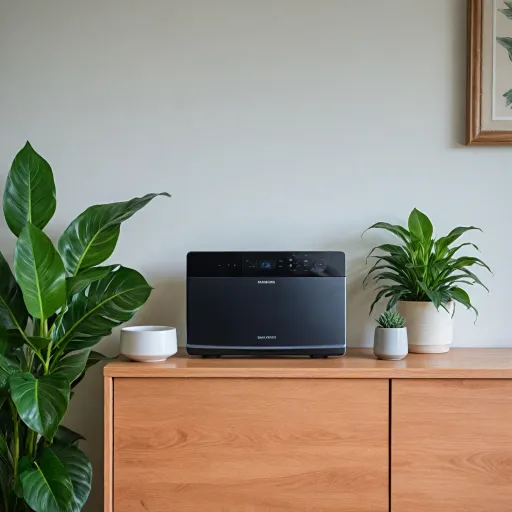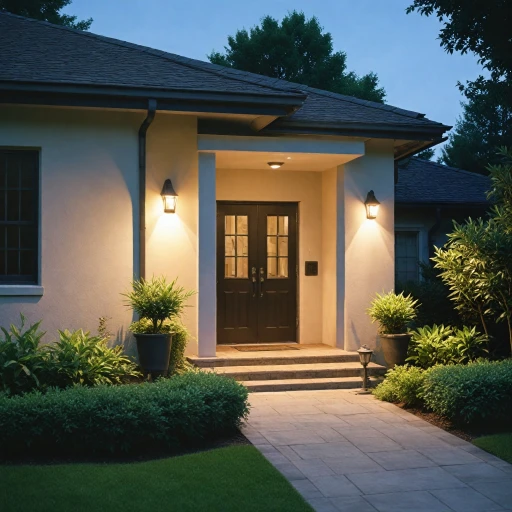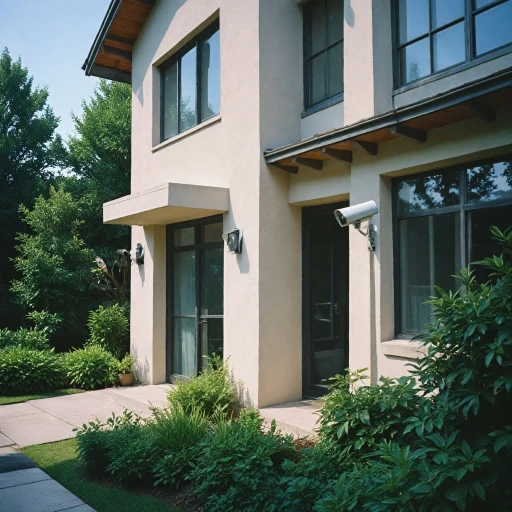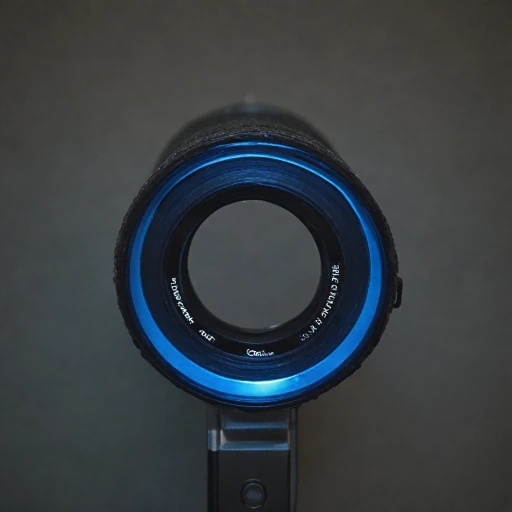
The Role of Security Camera Cords in Home Security
A Key Component of Your Home's Defense
In today's increasingly security-conscious world, ensuring the protection of your home has become a top priority for many. While security cameras are essential components, the often-overlooked security camera cords play a crucial role in maintaining the functionality and reliability of your home security system. These cables serve as the lifeblood of any camera system, transmitting video signals and power to the cameras, ensuring continuous monitoring. Camera cables, such as coaxial cables or the siamese cable, are specifically designed for CCTV systems to transmit video and power over significant distances with minimal loss. Coaxial cables, often preferred for their durability and ability to manage long runs, are especially well-suited for older existing security systems still relying on analog technology. For more modern digital setups, the BNC video connectors and SDI cables are favored for their clear and high-definition signal transmission. Aside from the technical performance, the price tag attached to different types of camera cords varies significantly. Your selection should consider your security needs, available budget, and compatibility with existing equipment. Investing in quality-rated cables can prevent unnecessary frustrations and costs later. Moreover, while it may simply appear as a small black cable in some setups, the choice of cables connectors can significantly impact the overall security performance. For instance, selecting the correct BNC connectors can ensure that the video streams are transmitted without signal degradation. Understanding these elements is critical for enhancing the security and effectiveness of your system. Whether upgrading or maintaining existing cameras, acknowledging the role these cords play empowers you to make informed decisions to strengthen your surveillance setup significantly. For further insights on the comprehensive role these systems play in home defense, visit this informative guide.Types of Security Camera Cords and Their Compatibility
Exploring the Essentials of Security Camera Cords
When it comes to setting up a comprehensive security system, the choice and compatibility of security camera cords play a pivotal role in ensuring seamless operation and preventing unnecessary setbacks. Many homeowners and businesses rely on a variety of camera cables, each tailored for specific purposes. For instance, coaxial cables, such as BNC and SDI, are favored for their ability to transmit video over long distances without significant signal loss. They are often used in CCTV cameras and DVR camera setups due to their reliability and effectiveness in processing video power. Coaxial cables are sometimes part of more complex "siamese cable" configurations, which conveniently incorporate both power and video within a single cord. This setup not only simplifies installation but also enhances security by reducing the chance of individual cable failure. Compatibility is a key consideration when selecting cables for your camera system. While coaxial cables are common, many modern systems are shifting towards Ethernet cables or CAT cables, which are preferred for IP camera systems due to their ability to carry data efficiently and connect to wider network infrastructure. Nevertheless, ensuring that cables connectors such as BNC connectors are compatible with your security camera and system specifications is crucial. This reduces the risk of connectivity issues that could compromise your surveillance setup. Understanding the variety and functionality of these cable types is essential in setting up a security system that is both efficient and cost-effective. Being informed about these options helps you make the right choice when you next add cart for your security equipment purchase. Ensure your decisions support not only the immediate connectivity task but also the long-term effectiveness of your security system. For a deeper dive into how integrated systems enhance surveillance, visit our comprehensive guide on enhancing home security with integrated camera and monitor systems.Installation Tips for Security Camera Cords
Effective Tips for Installing Security Camera Cords
Installing security camera cords correctly is crucial for maintaining the effectiveness and functionality of your surveillance system. Proper installation not only ensures that the video feed remains uninterrupted but also prolongs the lifespan of the cables. Here’s a straightforward guide to help you with the process:- Prepare the Tools and Materials: Ensure you have all the necessary tools, including a drill, cable clips, and zip ties. Depending on the type of cable, you may need BNC connectors or ethernet cable fittings to establish the right connections.
- Plan the Cable Route: Map out the layout before beginning installation, considering both security and aesthetics. Avoid running cables near electrical lines to prevent interference. Additionally, use camouflage techniques like black cable covers for a cleaner appearance.
- Install with Future Maintenance in Mind: When setting up coaxial cables or siamese cables, leave some slack for potential adjustments. This flexibility is invaluable for routine maintenance or when upgrading to a more advanced camera system.
- Secure the Cables Properly: Use cable clips and zip ties to secure the cords along the planned route. This prevents tripping hazards and deters tampering. For outdoor cables, ensure they are rated for weather resistance.
- Test the Connectivity: Before finalizing, test the surveillance system to confirm that camera feeds are transmitting video efficiently. Checking connections helps troubleshoot any issues that may arise later.
Troubleshooting Common Issues with Security Camera Cords
Troubleshooting Your Security Camera Cords
When using security camera cords, you may encounter some issues that could impact the effectiveness of your surveillance system. Understanding common problems and how to address them can enhance the security of your property. Here are some troubleshooting tips:- Check the Connections: Loose or improperly connected cables can lead to signal loss or video distortion. Ensure that all coaxial, BNC, and ethernet cables are securely connected to both the security camera and the DVR system. Tighten any loose BNC connectors and make sure the power cables are properly inserted.
- Inspect for Physical Damage: Over time, cables can suffer wear and tear from environmental factors. Look for any signs of fraying, cuts, or exposed wires. In the case of damaged cables, replacing them with new, rated cables may be necessary. Consider using a more durable black cable or a siamese cable, which combines video and power.
- Test Different Cords: Switching out cables can help identify whether a particular cable is causing issues in the system. If you're facing persistent issues, you may want to add new cables to your cart and try different cable types, like ethernet cables or cat cables, which may offer better reliability.
- Verify Voltage and Power Supply: Cameras require adequate power to transmit video signals effectively. Make sure the power supply is consistent and matches the camera's requirements. This can be especially important for systems with multiple cameras or during night owl operations when security cameras are most active.
- Check for Interference: External interference from nearby devices or poor quality cables can also affect signal quality. Ensure that cables are properly shielded and positioned away from other electronic devices that might cause interference.
Enhancing Security with Proper Cord Management
Optimizing Your Security Setup with Effective Cord Management
Proper cord management is essential in maintaining the efficiency and aesthetics of your security camera system. When cables are organized, it not only enhances the functionality of your surveillance setup but also ensures safety and reliability. Here are some key considerations for managing your security camera cords effectively:
- Minimize Clutter: Use cable ties or clips to bundle your cables together. This helps in reducing clutter and makes it easier to identify specific cables when troubleshooting issues.
- Protect from Environmental Damage: Ensure that your cables, especially those like coaxial or siamese cables, are protected from harsh weather conditions. Use weatherproof conduits or cable covers to shield them from rain, sun, and other elements.
- Secure Connections: Regularly check the connectors, such as BNC connectors, to ensure they are tightly secured. Loose connections can lead to video transmission issues, affecting the performance of your CCTV system.
- Plan for Future Expansion: When setting up your system, consider future needs. Leave some slack in your cables to allow for adjustments or the addition of new cameras without needing to replace existing cables.
- Label Your Cables: Clearly label each cable to identify its purpose and connection point. This is particularly useful in complex systems with multiple cameras and DVR setups.
By implementing these cord management strategies, you can enhance the overall security and efficiency of your surveillance system. Whether you're using ethernet cables for networked cameras or coaxial cables for traditional CCTV setups, proper management is key to a reliable security system.
Future Trends in Security Camera Cord Technology
Emerging Innovations in Camera Cable Technology
In the rapidly advancing world of technology, security systems are continuously evolving, and so are the components that support them. One major area receiving attention is the improvement of security camera cables, crucial for ensuring reliable video transmission in cctv and surveillance systems.
Recent trends show a shift towards enhanced coaxial cables and ethernet cables that not only offer better durability but also higher bandwidth capabilities. Such advancements are essential for transmitting high-quality video and power signals across extensive distances, which is especially important for large camera systems used in commercial or industrial setups.
- Sustainable Materials: As environmental concerns rise, there's a growing push for using more eco-friendly materials in security camera cable production. Innovations in recycling and materials science are making cables that are both high-performing and eco-conscious.
- Advanced Connectors: BNC connectors and SDI connectors are seeing upgrades to improve the reliability and ease of installing cables connectors. Improved connectors help reduce signal loss and are rated for efficiency in varying environments.
- Wireless Integration: Although traditional cables remain essential, there is a noticeable increase in developing cable-free solutions that complement wired systems, offering flexibility in camera placement and reducing clutter for better cord management.
Price considerations also play a role in the adoption of new cable technologies. As black cables with advanced features become more common, it's expected that the price-point will become more accessible, allowing broader distribution across varied security systems.
The future indeed holds promising advances in security camera cords, potentially transforming how camera cables are utilized in security applications. By investing in these technologies now, you're not only enhancing your camera system but also staying ahead of the curve in surveillance technology.
